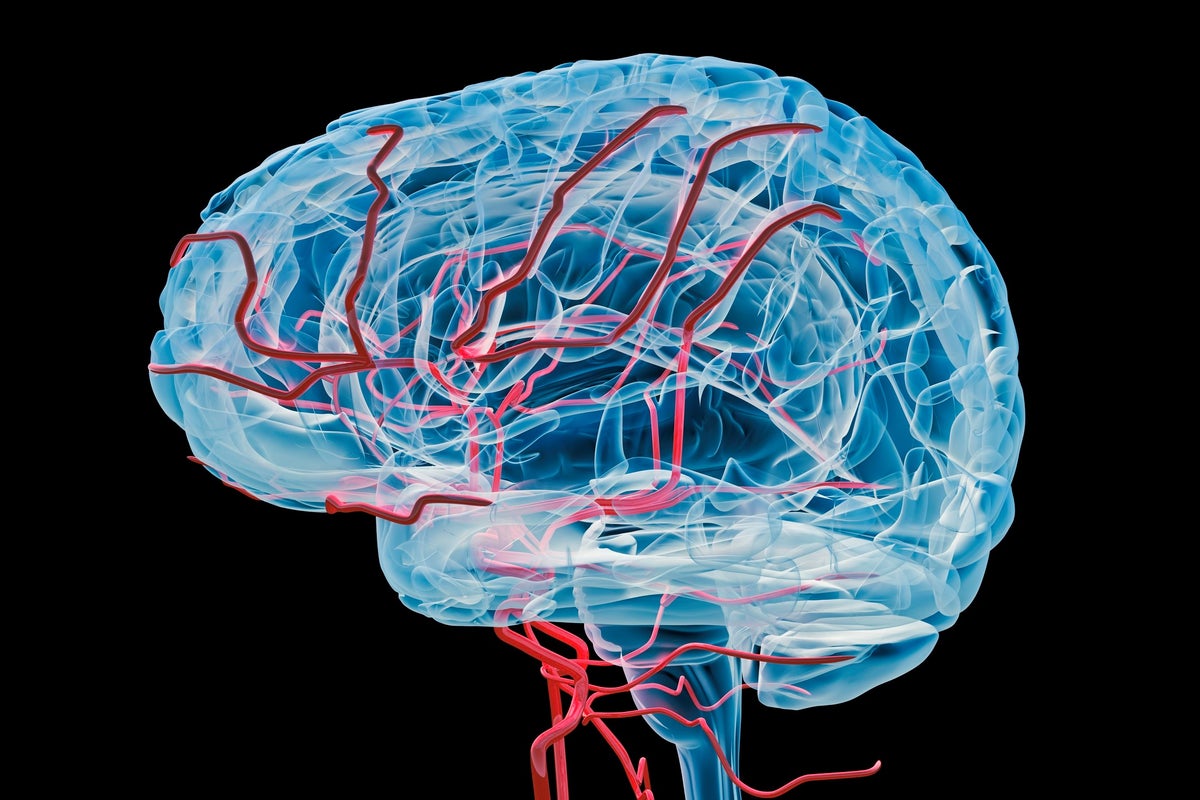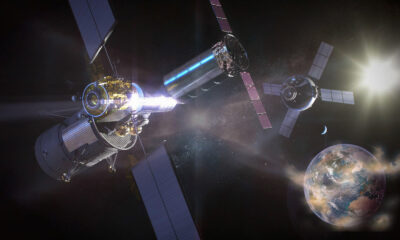Science
Scientists Discover “Mileage Clock” in Brain to Aid Alzheimer’s Diagnosis

Researchers have identified a “mileage clock” in the brain, a significant discovery that could improve the diagnosis of Alzheimer’s disease. This finding, published in the journal Current Biology, reveals how specific brain cells, known as “grid cells,” operate in a manner akin to a clock, tracking distance as an animal moves through space.
In a series of experiments, scientists observed rats navigating a small arena. As the rodents ran, their brain activity was monitored in a region recognized for its role in memory and navigation. The researchers noted that the grid cells exhibited a firing pattern that corresponded with the distance traveled, providing insights into the brain’s internal navigation system.
Following the initial tests with rats, human volunteers participated in a scaled-up version of the experiment. The results indicated that humans also possess a similar mileage-tracking mechanism, underscoring the potential implications for understanding cognitive functions related to navigation.
Professor James Ainge from the University of St Andrews expressed enthusiasm about the findings, stating, “The specific brain cells we’re recording from are in one of the very first areas that’s affected in Alzheimer’s.” This connection could pave the way for new diagnostic tools aimed at early detection of the disease.
Understanding Cognitive Mapping
The research sheds light on the mechanisms behind cognitive mapping, which is essential for estimating distances in daily life. Professor Ainge explained, “Imagine walking between your kitchen and living room. These cells provide that inner map – the ability to position yourself in your environment mentally.” The study details how disruptions in this cognitive map can lead to errors in distance estimation, particularly when environmental conditions change, such as in fog or darkness.
During the trials, the rats were conditioned to run a specific distance in the arena, receiving rewards upon successful completion. The grid cells in their brains displayed a consistent firing pattern when the animals ran the correct distance. Professor Ainge noted that a more regular firing pattern correlated with better distance estimation, highlighting the importance of these cells in navigation.
When the shape of the arena was altered, the firing pattern of the grid cells became irregular, resulting in the rats misjudging distances. Professor Ainge likened this phenomenon to the confusion individuals might experience when familiar visual landmarks vanish in fog, leading to an “underestimation” of distance.
Applications for Alzheimer’s Diagnosis
In a follow-up experiment with human participants, the same principles were tested in a larger 12m by 6m arena. The results mirrored those of the rats, with volunteers making errors in distance judgment when the arena’s boundaries were modified.
Looking ahead, Professor Ainge emphasized the potential applications of this research in diagnosing conditions like Alzheimer’s. He mentioned the development of diagnostic games that could be played on mobile devices to assess navigation skills. “We’d be really interested in trying something similar, but specifically looking at distance estimation,” he stated.
This groundbreaking research not only adds to the understanding of how the brain navigates space but also opens new avenues for early detection and intervention in Alzheimer’s disease, providing hope for improved outcomes for those affected by this condition.
-

 World2 days ago
World2 days agoCoronation Street’s Shocking Murder Twist Reveals Family Secrets
-

 Entertainment4 months ago
Entertainment4 months agoKate Garraway Sells £2 Million Home Amid Financial Struggles
-

 Entertainment3 months ago
Entertainment3 months agoAnn Ming Reflects on ITV’s ‘I Fought the Law’ Drama
-

 Health3 months ago
Health3 months agoKatie Price Faces New Health Concerns After Cancer Symptoms Resurface
-

 Entertainment3 weeks ago
Entertainment3 weeks agoCoronation Street Fans React as Todd Faces Heartbreaking Choice
-

 World3 weeks ago
World3 weeks agoBailey Announces Heartbreaking Split from Rebecca After Reunion
-

 World5 days ago
World5 days agoKevin Sinfield Exceeds Fundraising Goal Ahead of Final Marathons
-

 Entertainment5 days ago
Entertainment5 days agoTwo Stars Evicted from I’m A Celebrity Just Days Before Finale
-

 Entertainment3 months ago
Entertainment3 months agoCoronation Street’s Carl Webster Faces Trouble with New Affairs
-

 Entertainment3 months ago
Entertainment3 months agoWhere is Tinder Swindler Simon Leviev? Latest Updates Revealed
-

 Entertainment4 months ago
Entertainment4 months agoMarkiplier Addresses AI Controversy During Livestream Response
-

 Science2 months ago
Science2 months agoBrian Cox Addresses Claims of Alien Probe in 3I/ATLAS Discovery





















